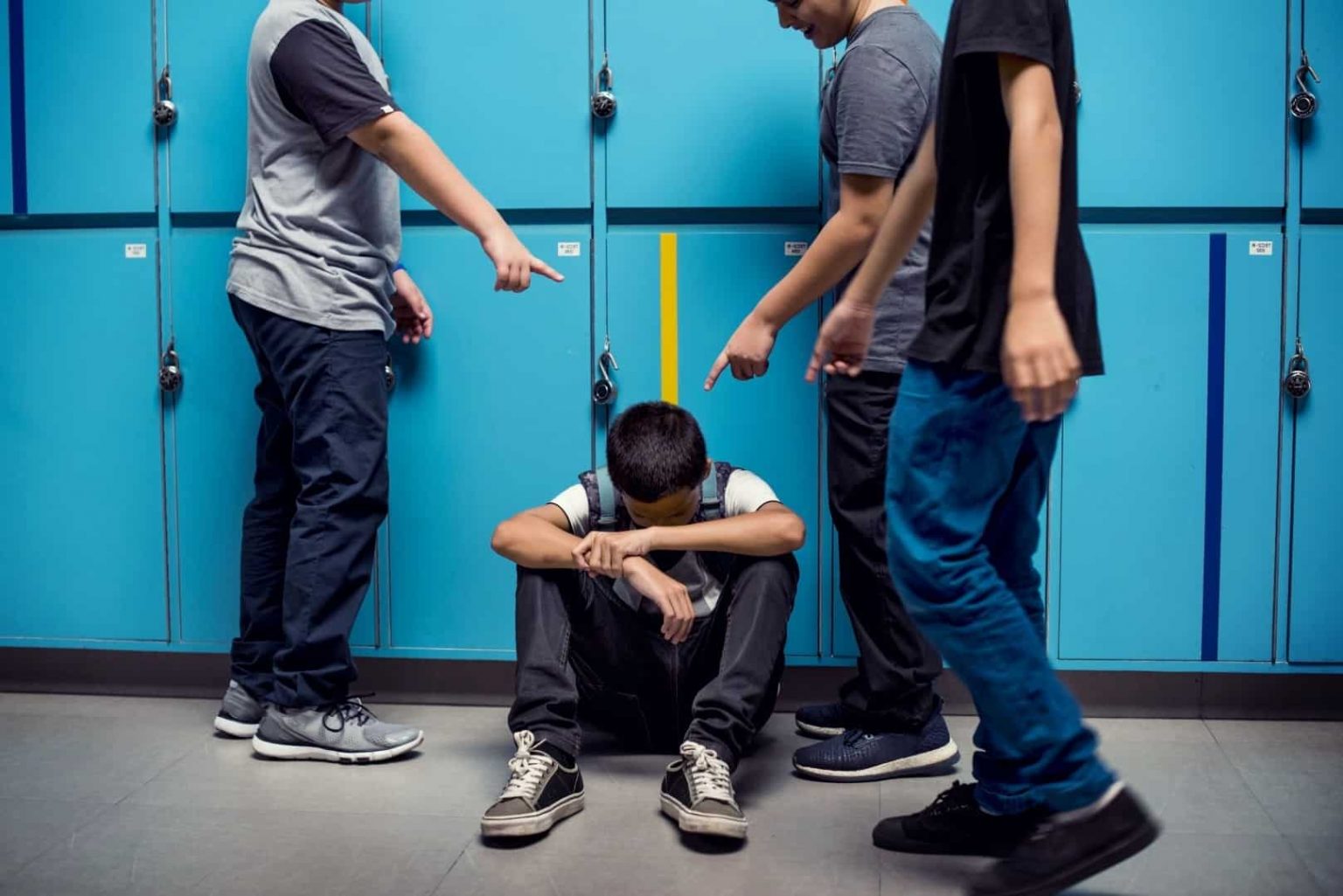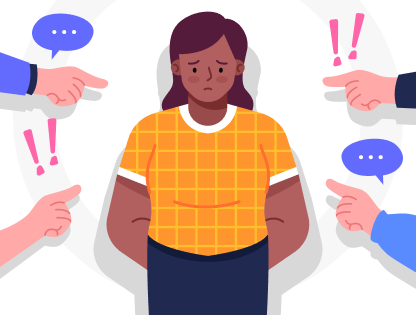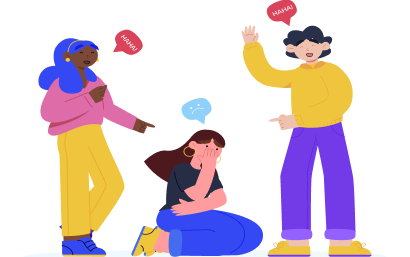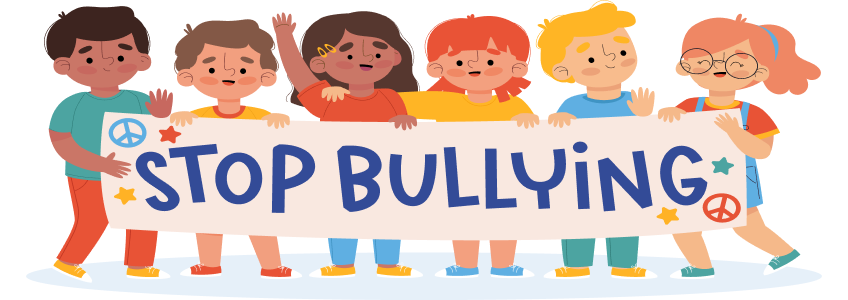Bullying used to be something we associated with the occasional teasing of children in schools and playgrounds. However, this kind of bullying is the tip of the iceberg as far as the umbrella of bullying. In a twenty-first-century society in Canada, we see and appreciate that bullying takes on many forms and happens in many places.
When Help Becomes Harm: Bullying in Casino Support Services
While many people think of bullying in schools or social settings, it can also happen in unexpected places like online casino support services. Sometimes, instead of receiving help, players may experience rude or dismissive treatment from casino staff, which can feel like bullying. This mistreatment can create feelings of frustration and powerlessness for players, especially when they’re seeking assistance.
To avoid these negative experiences, it’s important to choose safe and trusted online platforms that prioritize respectful, professional customer service. Researching and reading reviews about trusted services for local users is key to ensuring you join one of the best online casino Canada options and safeguarding yourself from harmful behaviour by support staff.
What Is Bullying: Key Facts
Bullying is defined as acts of intentional harm repeated over time in a relationship where an imbalance of power exists. Whatever form the bullying takes, whether it be physical punching, kicking, or hitting. Or verbal name-calling and insults, the victim can suffer degrees of harm. They may become depressed or suicidal or, at the very least, hurt and unhappy.
Bullying is a complex and prevalent problem in our society. We hope to bring children up so that they can remember a wonderful childhood where they were loved and cherished. For many people, their overriding memories of being young are being miserable due to being bullied.
Forms of Bullying
Bullying in its most basic form is often social bullying at school. It involves making up nicknames, name-calling, excluding, and spreading fake rumours. As our lives have become so entwined with cyberspace and social media, so too has the potential for cyberbullying. Facebook, Instagram, TikTok, Twitter, and many other social media platforms are all places where cyberbullying thrives. Let’s talk about forms of bullying in detail.
Physical Bullying
Physical bullying involves direct physical harm to another person or their possessions. It’s one of the most overt forms of bullying and includes:
- Hitting or punching
- Kicking or tripping
- Pushing or shoving
- Stealing or damaging personal property
Victims of physical bullying situations may sustain injuries or experience a sense of violated personal space and safety.
Verbal Bullying
Verbal bullying is the use of words to harm others. Unlike physical bullying, the scars are emotional and mental, but they can be just as painful. Examples include:
- Teasing or mocking
- Name-calling or derogatory comments
- Insults or put-downs
- Shaming or humiliation
- Threats or intimidation
Verbal bullying problems can lead to a significant decline in a victim’s self-esteem and can contribute to anxiety or depression.
Social (Relational) Bullying
Social bullying is more covert and can often happen behind a victim’s back. It aims to harm a person’s social reputation or cause humiliation. Some tactics include:
- Exclusion from groups or events
- Spreading rumours or gossip
- Damaging someone’s friendships or relationships
- Mocking or humiliating in front of peers
The impact of this type of bullying can result in feelings of isolation, depression, and lowered self-esteem.

Cyberbullying
Cyberbullying is a contemporary form of bullying that uses technology. Given the pervasive nature of the internet, it can be particularly invasive. Characteristics include:
- Sending mean or threatening messages via emails, text messages, or social media
- Spreading rumours or false information online
- Posting hurtful or humiliating content about someone
- Pretending to be someone else online to spread false information or to deceive
- Excluding individuals from online groups or discussions
Cyberbullying can be especially challenging to combat due to the anonymity it can offer bullies and its potential for a wide audience. Many bullying victims are targeted on social media exclusively. Or these platforms make up part of the social bullying tactics of bullies in school, where the victim is then targeted in the classroom. In boys more than girls, bullying can be physical and includes actual physical harm by kicking, hitting, and punching.
Warning Statistics on Bullying in Canada
According to the Canadian Health Survey on Children and Youth (CHSCY), bullying remains a significant issue for Canadian youth. A vast 71% of youth between 12 and 17 years old disclosed facing at least one instance of bullying over the past year.

Frequency and Forms
- 42% of bullied youth face it monthly, 58% sporadically.
- 59% experience verbal insults like name-calling.
- 34% deal with rumor-spreading, 32% are excluded from groups.
Bullying in Educational Settings
- 89% of Canadian teachers see cyberbullying as a top concern.
- Harassed students show reduced school engagement and poorer grades.
- Lower achieving students or those disliking school are more bullied.
- 71% of teachers claim to act, but only 25% of students agree. Over half don’t report it.


Influence of Peers
- Elementary students face bullying every 7 minutes.
- 85% of these incidents have bystanders.
- With bystander intervention, 57% of bullying stops in ten seconds.
Bullying Among Adults
- 47% of Canadian parents have at least one child who has been a victim of bullying.
- Around one-third of the population has experienced bullying as a child.
- Around one-third of teenagers have been bullied recently.
- And 40% or nearly half of Canadians are bullied in the workplace every week.

Problems Associated with Bullying
Bullying is associated with mental health problems, including eating disorders and self-harm. Victims are also more likely to have low self-esteem and suffer because of this. Child victims affected may go on to suffer in adulthood and can typically become victims as adults. It’s an unpleasant cycle that can make a person’s life fearful and depressing. A victim may feel like life is not worth living. And some victims may even take their own life.
Similarly, child bullies may repeat their bullying behaviour as adults and also suffer as a result of their unacceptable behaviour. Bullies (children who bully) may go on to commit criminal offences. As such, their lives are also all the poorer for their behaviour. Bullies may go on to engage in dating violence, sexual harassment, spousal, child, and senior abuse. They may also engage in gang-related violence.
Negative Consequences for Both Sides
Effects of Bullying Others:
- Depression: Resulting from guilt or internal conflict.
- Substance Abuse: Using drugs or alcohol as coping mechanisms.
- Aggression: Reinforced aggressive tendencies and antisocial behaviours.
- Sexual Harassment: Potential for aggression in relationships.
- Academic Struggles: Distractions leading to poor performance and increased dropout rates.
- Criminal Behaviour: Progression to delinquent actions.
Impacts of Being Bullied:
- Mental Health: Depression, anxiety, and mood disorders.
- Substance Abuse: Use of drugs or alcohol to cope.
- Low Self-Esteem: Erosion of self-confidence.
- Isolation: Withdrawal from social situations.
- Physical Symptoms: Manifestations like stomach aches, headaches.
- Educational Issues: Decreased attendance and learning difficulties.
- Suicidal Tendencies: Emotional pain leading to suicidal thoughts or actions
It seems that bullying is ingrained in our society. Some people naturally have behaviours that increase their chances of becoming a bully. Not being able to stand up for oneself can put a person at risk of being a victim. Being different in some way is also on a bully’s radar. We also know that bullies may come from dysfunctional homes. They might be victims of child abuse and copy unacceptable behaviour.
Who Is Facing Higher Risks?
Vulnerable to Bullying:
- Social Isolation: Individuals, especially children and youth, who have fewer friends or are perceived as isolated are often targeted by bullies. This group’s perceived inability to defend themselves or lack of social support makes them attractive targets for bullies.
Physical or Developmental Differences:
- Those with disabilities or neurodevelopmental differences can be targeted due to perceived vulnerabilities or lack of understanding from their peers.
- Children with special healthcare needs or intellectual exceptionalities, whether gifted or with learning disabilities, may face bullying due to their unique needs or skills that set them apart from their peers.
- Body Image Issues: Overweight children and youth may be more prone to bullying due to societal biases, stereotypes, or prejudices against their body type.
- LGBTQ Identification: Canadian children and youth who identify as LGBTQ often face increased risks of bullying. This stems from societal biases, misunderstandings, or prejudices against non-heteronormative orientations or identities.
Potential Bullies:
- Normalization of Aggression: Children and youth who grow up in environments or cultural contexts where bullying or aggressive behaviour is normalized may come to view such behavior as acceptable and may become bullies themselves.
- Peer Influence: Those who have friends that bully or belong to peer groups where bullying is common might adopt similar behaviours to fit in or exert dominance within their group.
- Diverse Social Backgrounds: Bullying is not restricted to one social group. While some bullies might be popular and socially skilled, using bullying as a tool to maintain their social status, others may have behavioural problems, feel socially isolated, and use bullying as a way to exert control or express their frustrations.
How to Prevent Bullying
Educate About Bullying
- Discuss what bullying is and its unacceptability.
- Instruct kids on safe ways to stand up against bullying.
- Ensure children understand the importance of seeking help if they or someone else is bullied.
Maintain Open Communication
- Regularly check in with kids, discussing their day and any concerns they might have.
- Start direct conversations about bullying, understanding their perspective and feelings.
- Encourage honest responses and ensure they know they’re not alone in facing these issues.
Promote Positive Activities
- Encourage kids to engage in activities, hobbies, or interests they love.
- Such involvement can boost their confidence, help them make friends, and act as a protective factor against bullying.
Set a Positive Example
- Demonstrate kindness and respect in your interactions.
- Children learn from observing adults, so showcasing positive behaviour discourages bullying tendencies.
Stay Informed and Involved
- Keep up with school communications, attend school events, and interact with school staff.
- Having a presence and understanding of the school environment can be a deterrent to bullying.
Anti-bullying & Prevention Programs and Initiatives

SYSAB Initiative
Initiated in Colorado’s Cherry Creek School District, SYSAB aims to collaboratively reduce and stop bullying. It involves steps like evaluating bullying levels, training staff, and fostering an inclusive school atmosphere. Its evaluations show decreased bullying and increased student security.
Olweus Anti-Bullying Initiative
Developed by Dan Olweus in Colorado, this program has halved reported bullying incidents in schools. It targets elementary to junior high levels involved in bullying, emphasizing evaluation, oversight in bullying hotspots, and interventions.
The Fourth R Framework
Aiming to prevent bullying, educate about bullying victimization and promote healthy relationships, the Fourth R approach emphasizes timely adolescent interventions. It focuses on harm reduction and is recommended for inclusion in 9th and 10th-grade curriculums in Ontario schools.
Lighting the Path Together (LPTT)
LPTT collaborates with local officials and community groups to address bullying and combat it. Trialed in four Ontario schools, it reported a 60% reduction in bullying cases in three schools. It has been greenlit for wider provincial use due to its effectiveness.
Where to Get More Information and Help?
For additional information, support, and resources on bullying prevention and intervention, consider visiting the following reputable websites:
- Public Health Agency of Canada – Governmental guidelines and insights on bullying.
- PREVNet – A national network dedicated to ending bullying in Canada.
- Red Cross Canada – Information on bullying and harassment prevention, with a focus on policies and educator resources.
- Dare to Care – A program focused on empowering school communities to tackle bullying.
- Bullying Canada – Canada’s first youth-created anti-bullying organization.
Bullying Outlook in Canada
Canada has a reputation globally as being a nation of polite and gentle pacifists. So, the statistics are somewhat of a surprise in what is deemed to be such a ‘nice’ society. While Canada is far from being a bullying-free society, we are becoming more aware. Through awareness and programs, it is proven that bullying can be reduced. As the programs continue, greater progress will be made. And the aim of a relatively bully-free society may be achieved in years to come.